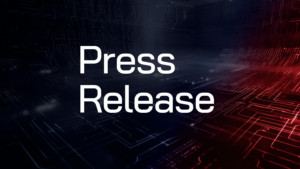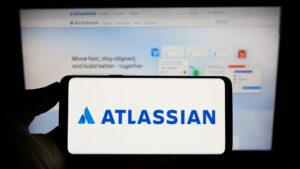From creating secure environments for hybrid work models to designing safer cloud infrastructures for data security, there is a constant need to solve cybersecurity problems from various domains and standpoints. However, to solve these problems effectively, organizations and governments alike need the right teams.
Nurturing highly effective cybersecurity teams has become a priority for all organizations, and today, an effective cybersecurity team is one that is inclusive of diverse perspectives, particularly those of women.
Research has shown that teams made up of diverse people with various backgrounds, skills, and genders almost always perform better than homogeneous teams. Yet, women are still greatly outranked by men in the cybersecurity space.
While organizations have implemented initiatives like diversity or equality programs, they don’t address the specific barriers that female candidates face during recruitment or the problems women face in the cybersecurity workplace, all of which affect the overall productivity and effectiveness of a security team.
This means that organizations need to take more proactive steps in recruiting women into their cybersecurity teams, such as properly implementing policies focused on diversity, equity, and inclusion, and ensuring that they address the barriers qualified candidates face while entering and working in the industry.
Barriers in the Recruitment Process
One of the major challenges faced by women is at the recruitment stage. A lot of companies look for people who have specialized, IT-based qualifications for most cybersecurity roles. But cybersecurity isn’t an isolated domain, restricted only to IT practitioners. It affects all domains and is influenced primarily by human behavior. Most of the attacks that have happened in recent times are a result of erroneous human behavior and social engineering. The best way to mitigate threats that occur because of human error is to open specialized, isolated security teams to varied perspectives.
Hiring generalists (i.e., candidates who don’t have a cybersecurity background) ensures that organizations explore the maximum possible number of user reactions to a cybersecurity product, program, protocol, or any situation that demands caution and awareness from the user’s end, leading to an increase in the effectiveness of any team. With the increasing number of vacancies in the industry and the limited number of specialists out there to fill them, filtering candidates who don’t have specialized cybersecurity knowledge negates a huge chunk of diverse talent that could help fill the gap. Organizations must consider hiring for entry-level positions based on potential to perform well and add value to cybersecurity teams rather than only considering specialized IT-based competencies. By opening such roles to a whole new set of people, including women, organizations stand to gain better results.
When organizations resort to hiring esoteric profiles, they restrict cybersecurity product or service teams from considering factors beyond homogeneous perspectives while trying to determine possible anomalies in user behavior. Users and attackers will be from various backgrounds, genders, races, and ethnicities. Having a diverse cybersecurity team can help bring about a vivid understanding of user psychology and plug possible loopholes right from the outset. This is possible due to the various life experiences and thought processes a diverse team will bring to the table. This will in turn help predict possible anomalous behavior of users, and set the right detection rules.
Fostering Inclusive Cybersecurity Teams Through Better HR Practices
Organizations can make cybersecurity recruitment more inclusive by implementing best practices that specifically address issues that women face.
Tackling preconceived notions that recruiters have while hiring women, and avoiding the age-old question of work-life balance that all women face, would be a good place to start. This goes both ways. Some aspirants have a similar prejudice when it comes to the roles they believe exist in the cybersecurity field. When they think cybersecurity, they see an image of a man wearing a hoodie and hacking systems. This prevents them from exploring the wide range of opportunities the field has to offer, such as governance, risk, and compliance; incident management and response; and SOC teams.
There’s a need for awareness among candidates aspiring to enter the cybersecurity industry. Addressing this is the joint responsibility of the organizations that run the industry and of the academic institutions that educate and train the candidates who constitute the workforce.
Despite women constituting a major part of the tech workforce, the challenges they face while entering the cybersecurity domain and once they are in the workplace continue to exist. It’s time organizations address these challenges to provide a safer, more inclusive workplace for women, which in turn will benefit the productivity of their teams and ultimately improve the organization’s security posture.













